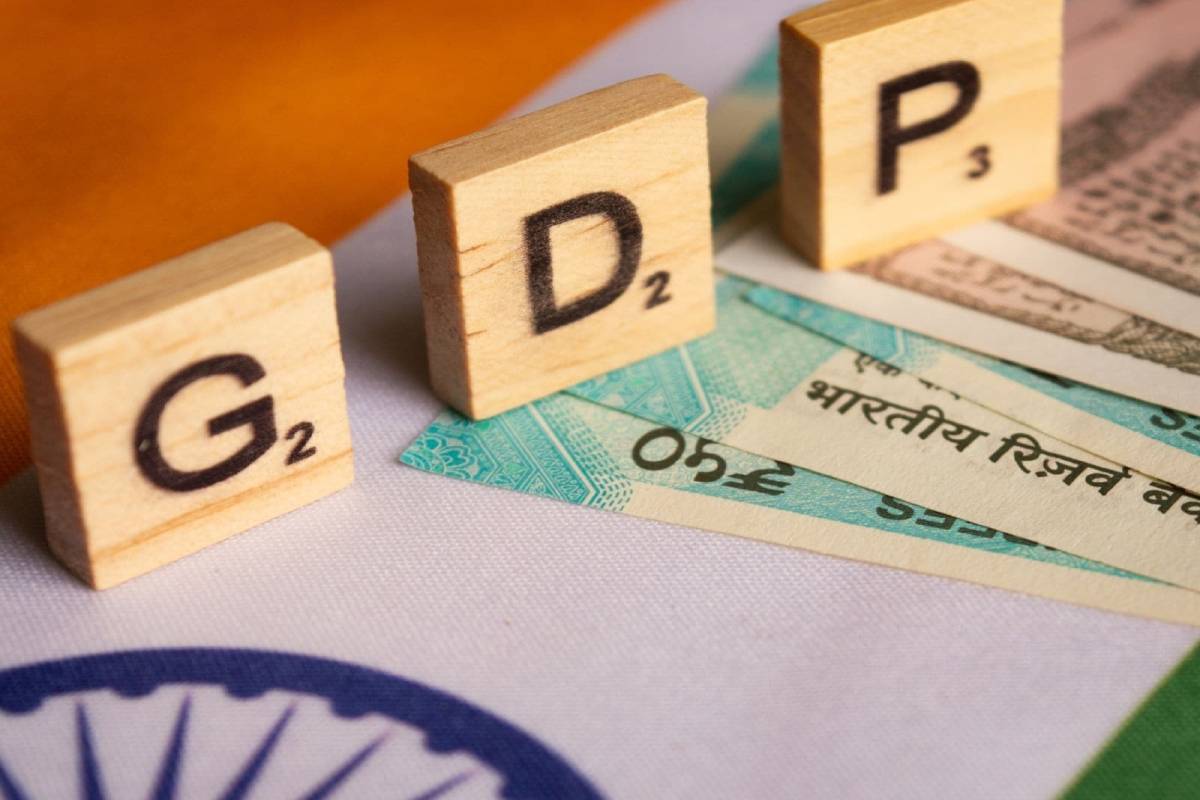In the narrative of a nation’s economic performance, GDP growth often takes centre stage, like the star student’s report card that parents eagerly await. The recent buzz around the GDP numbers for the OctoberDecember quarter of fiscal year 2024 suggests a commendable 8.4 per cent growth, prompting celebration and pride. However, as we delve into the nuances beneath the surface, the devil reveals itself in the details.
First, a significant contributor to this growth spurt is the downward revision of last year’s GDP, a statistical manoeuvre that makes this year’s figures appear more robust. Secondly, the agricultural sector, representing a lifeline for over 50 per cent of our population, paints a contrasting picture. With a mere 0.8 per cent growth and a projected 6.1 per cent decline in food grain production for the year, it lays bare the vulnerability of a crucial segment of our economy. For a country where a significant section depends on agriculture, such lacklustre growth is not just a statistic but a reflection of livelihood challenges for millions. Equally disconcerting is the sluggish growth in private consumption, a key driver of economic demand. At 2.7 per cent, it signals that a substantial portion of our population either lacks the means to indulge in consumption or is wisely saving a larger chunk of their incomes. This echoes the broader socio-economic pressures on the poor and middle-class, emphasising a growing economic divide.
In the narrative of a nation’s economic performance, GDP growth often takes centre stage, like the star student’s report card that parents eagerly await. The recent buzz around the GDP numbers for the OctoberDecember quarter of fiscal year 2024 suggests a commendable 8.4 per cent growth, prompting celebration and pride. However, as we delve into the nuances beneath the surface, the devil reveals itself in the details.
First, a significant contributor to this growth spurt is the downward revision of last year’s GDP, a statistical manoeuvre that makes this year’s figures appear more robust. Secondly, the agricultural sector, representing a lifeline for over 50 per cent of our population, paints a contrasting picture. With a mere 0.8 per cent growth and a projected 6.1 per cent decline in food grain production for the year, it lays bare the vulnerability of a crucial segment of our economy. For a country where a significant section depends on agriculture, such lacklustre growth is not just a statistic but a reflection of livelihood challenges for millions. Equally disconcerting is the sluggish growth in private consumption, a key driver of economic demand. At 2.7 per cent, it signals that a substantial portion of our population either lacks the means to indulge in consumption or is wisely saving a larger chunk of their incomes. This echoes the broader socio-economic pressures on the poor and middle-class, emphasising a growing economic divide.
Contrast this with the gleaming reports of premium beauty products flying off the shelves and high-end cars selling faster than low-end ones. While the affluent enjoy an upswing in luxury spending, the common man grapples with the harsh realities of making ends meet. This divergence raises pertinent questions about the inclusivity of our economic growth and its impact on different segments of society. Moreover, the composition of overall gross capital formation reveals a tale of two sectors. Government-led investments spearhead an 11 per cent growth, while private investment continues to languish. A closer look at private sector proposals over the past nine years, compared to the preceding decade, paints a worrisome picture of stagnation. This stagnation, if not addressed, could lead to unproductive surplus capacity, undermining the potential benefits of high investment levels.
To truly gauge our economic health, we must broaden our perspective beyond traditional indicators. In the 21st century, measuring prosperity must extend beyond GDP and inflation, embracing equality, income distribution, employment, and environmental sustainability. As a society, we need to shift focus to whether economic growth is a rising tide lifting all boats or merely elevating the yachts while leaving the dinghies stranded. The GDP figures, while providing a snapshot of economic activity, should not be viewed in isolation.
They are but one piece of a complex puzzle that demands a multidimensional approach. As we navigate the path to becoming a developed nation, we must prioritise inclusive growth, social equality, and environmental sustainability to ensure a brighter future for all. Only then can we claim true success in our economic endeavours.
To truly gauge our economic health, we must broaden our perspective beyond traditional indicators. In the 21st century, measuring prosperity must extend beyond GDP and inflation, embracing equality, income distribution, employment, and environmental sustainability. As a society, we need to shift focus to whether economic growth is a rising tide lifting all boats or merely elevating the yachts while leaving the dinghies stranded. The GDP figures, while providing a snapshot of economic activity, should not be viewed in isolation.
They are but one piece of a complex puzzle that demands a multidimensional approach. As we navigate the path to becoming a developed nation, we must prioritise inclusive growth, social equality, and environmental sustainability to ensure a brighter future for all. Only then can we claim true success in our economic endeavours.











